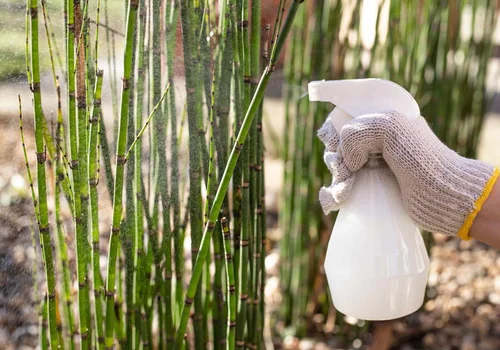Citrus trees are a favorite for many gardeners due to their sweet-smelling blooms, glossy green leaves, and juicy fruits. Whether it’s lemons, oranges, or other varieties, these trees offer beauty and flavor in one package. Not only are they visually appealing, but citrus trees also provide year-round interest and significant health benefits. This article provides expert tips on how to grow and care for citrus trees, regardless of your climate, to help you start your own citrus collection.
Choosing the Right Citrus Tree for Your Climate
Selecting the appropriate citrus tree for your climate is key to success. In cooler climates, lemons are the easiest to grow. Their fragrant flowers and zesty fruits make them a great option. For those in warmer climates, the possibilities expand as most citrus varieties thrive in heat, with options ranging from oranges to limes.
If you’re just starting your citrus collection, consider the classic lemon tree. It’s hardy and can withstand temperatures down to -5°C, making it perfect for indoor or outdoor cultivation.
Preparing and Potting Your Citrus Tree
When purchasing a citrus tree, inspect its roots. If the roots are circling around the edges of the pot, it’s time to repot the plant into a larger container with fresh potting mix. A container one size larger than the current pot is ideal.
A soil-based potting mix is recommended because it’s heavier and more stable, perfect for long-term growth in containers. To improve drainage, mix in about 20% gravel with the potting mix. Citrus trees do not like standing in water, so ensuring good drainage is crucial to their health.
Finding the Ideal Spot for Your Citrus Tree
In cooler climates, keep your citrus tree indoors for most of the year, ensuring it gets plenty of light. During the warmer summer months, you can move the plant outside to a sunny patio or terrace. Citrus trees thrive in bright, sun-drenched locations, so choose a spot where they can soak up as much light as possible.
Watering and Feeding: Key to Healthy Growth

Citrus trees, especially those in containers, require regular watering. Keep the soil moist, but avoid overwatering, as this can harm the plant. In the winter, reduce the amount of water and let the soil dry out between watering. For best results, use rainwater or allow tap water to reach room temperature before watering your citrus.
Feeding your citrus tree is equally important. During the growing season (mid-spring to mid-autumn), use a citrus-specific feed that is high in nitrogen, which supports leaf growth. In winter, switch to a more balanced feed to encourage flower and fruit development. If your tree is in the ground, a yearly mulch with compost and regular organic feed should suffice. However, container-grown citrus trees rely entirely on you for their nutrients.
Common Pests and How to Handle Them
Citrus trees can be vulnerable to pests like aphids and mealy bugs. While aphids are relatively easy to manage, mealy bugs are more stubborn due to their thick outer skeleton. A natural solution to these pests is Castile soap, which can be used as an organic insecticide. Mix 15ml of Castile soap with 1 liter of water and spray the affected areas. This method is safe for your citrus trees and helps control pests without harmful chemicals.
Growing Citrus Outdoors
If you’re lucky enough to have a sunny, sheltered spot in your garden, you can grow citrus trees directly in the ground. Orange trees (citrus sinensis), for example, thrive in these conditions. Ensure they get plenty of sunlight, as citrus trees require direct light to produce buds, flowers, and fruit.
Conclusion: Reaping the Rewards of Your Citrus Trees
Growing citrus trees can be an incredibly rewarding experience. With the right care, they can produce fruit year-round, brighten your space, and provide fresh, organic citrus for years to come. Whether you’re starting with a simple lemon tree or aiming for a full citrus orchard, these tips will help you succeed in growing healthy, productive citrus trees.





